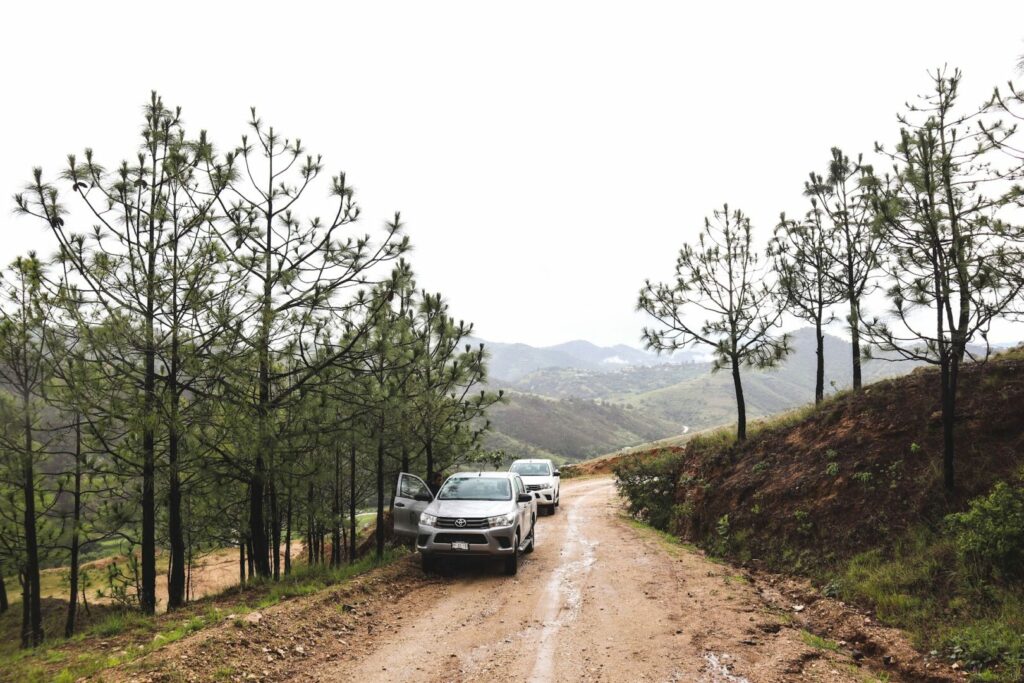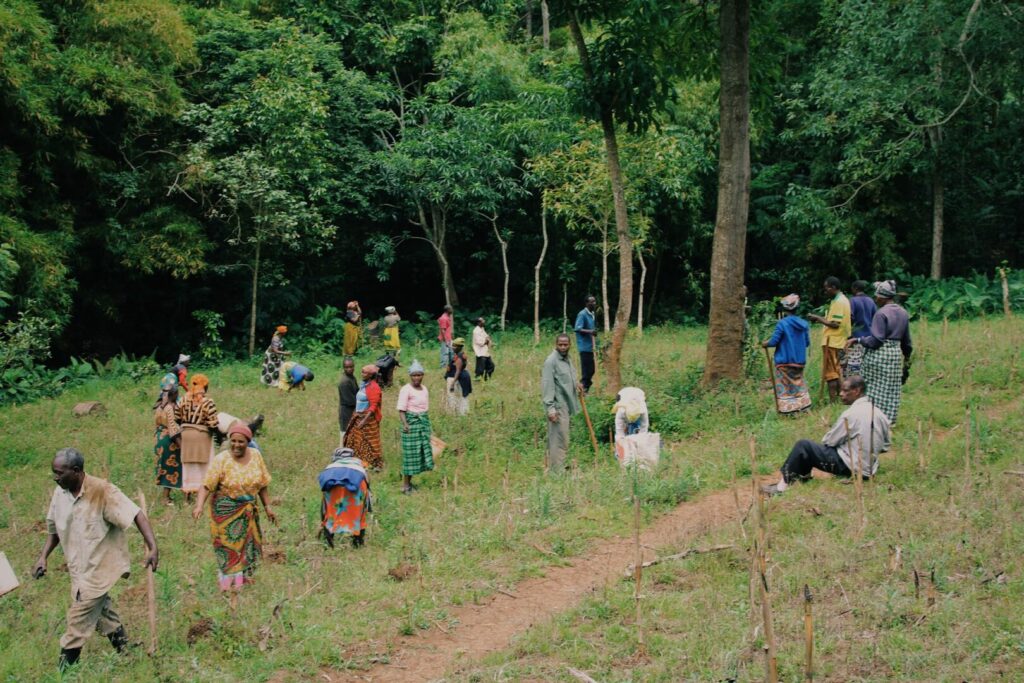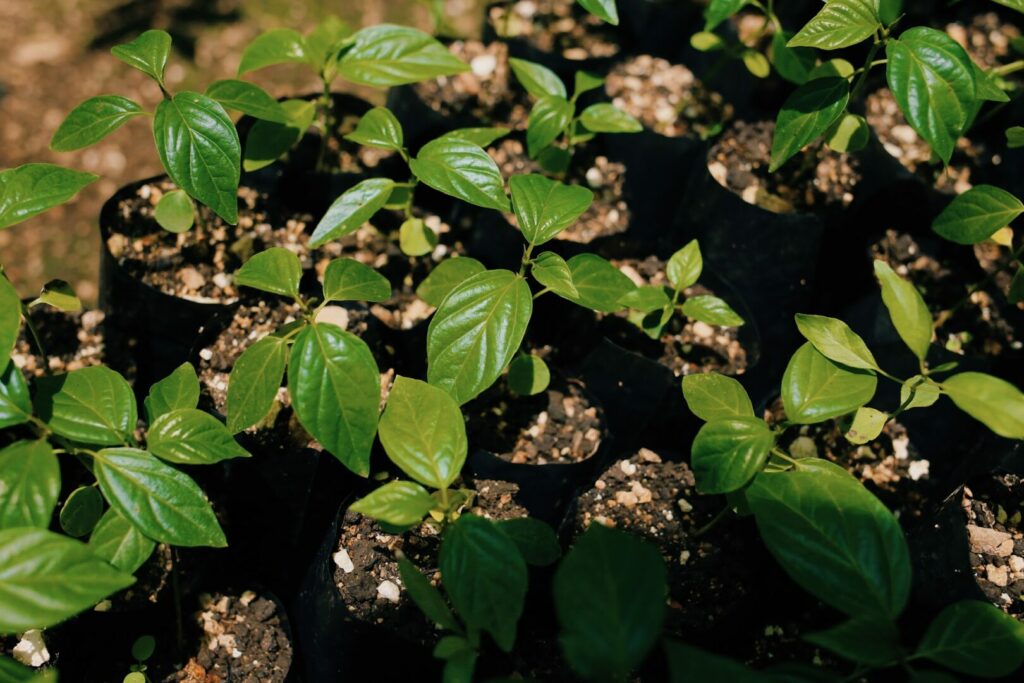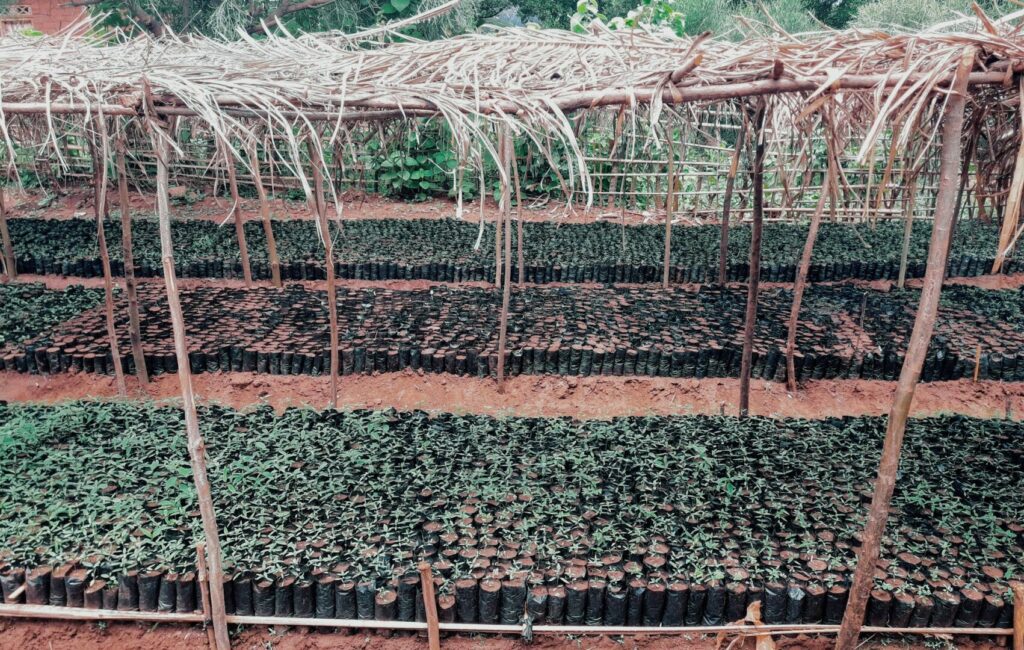Don’t oversimplify the complex, and don’t over-complicate the simple. This simple charge is one that’s stuck with me throughout years of work in communications and storytelling focused on international development and climate solutions. Both of these errors have the potential to do harm.
The world of international development is full of cases where complex problems were prescribed simple solutions that ultimately failed. They include examples like the introduction of golden rice in India, a genetically modified crop that aimed to address malnutrition, that did not consider the actual needs and living conditions of local rice farmers. Oversimplification increases the risk of harm with every nuance that it brushes past.
At the same time, the problem of overcomplicating the simple runs the risk of derailing momentum and public support for efforts that greatly need it. Climate communicators have had to focus much of their efforts on reactivating the disengaged. When information seems dense, complicated, or contradictory, people are increasingly likely to check out.
Right now, the activities of large-scale tree planting and mass reforestation face both threats. The potential of tree planting as a climate solution is so highly touted that political decision makers, corporate leaders, and individuals have become motivated to put as many trees in the ground as possible, often overlooking the important nuances necessary for these trees to be a long-lasting solution.

At the same time, every month brings about a few more articles calling attention to the fact that trees will not solve the climate crisis. And as this message spreads further out, it presents a new challenge for those still concerned by the fact that 80,000 acres of forests disappear from the planet every day, a pace that would completely erase the world’s rainforests within a century.
What is a solutionist supposed to do? Tell the whole story of why trees matter. Not just the elevator pitch.
Mass reforestation has been widely embraced by the corporate sector, and by politicians of widespread political leanings. Tree planting has offered one opportunity for companies to deliver on corporate pledges to become carbon neutral, by balancing their emissions through trees that sequester carbon dioxide. Governments in Ethiopia, India, and Turkey have all recently led mass tree-planting drives, breaking regional and national record for trees planted in a day. The World Economic Forum’s One Trillion Trees Initiative has emerged out of this initiative, and there are at least two other large campaigns to plant that same amount of trees. The popularity of tree planting extends across the individual level as well, as brands like Tentree have succeeded by planting trees for every product sold, and YouTubers have successfully rallied their following to plant hundreds of thousands of trees.
A big part of the popularity of tree planting comes through how simple it is. They are rather low cost, and as they grow, they sequester carbon and provide numerous other benefits to water and soil, wildlife, and crop health. But again, this is just the elevator pitch.
It’s easy to oversell the positives of tree planting to interested parties when there is both a lot of enthusiasm among funders and an urgent need to reverse deforestation. However, the transactional model where one pays for trees to be planted to atone for their carbon sins, if you will, is where many of the unintended harms are birthed.

There are a few different areas of concern when it comes to reforestation projects.
One common concern is the chance that planting a large number of trees might actually cause deforestation. In cases where trees are planted on lands home to marginalized populations, all these new trees may suddenly seem like an immediate arrival of relief. Some recent efforts to plant in the Amazon resulted in a net loss of forest cover as so many of the young trees were harvested for timber- a cash source that an economically deprived population would find difficult to pass up. Related is the concern that focusing on the quantity of trees incentivizes planting the fastest growing trees, and not necessarily the best ecological fit for a certain setting. Disregarding environmental compatibility can introduce new pests or diseases and can throw off ecosystem balances in ways that cause further harm.
Another area of concern is the effect transactional tree planting would have on the broader shared responsibility we all have to cut our greenhouse gasses. By offering an opportunity to simply buy one’s way towards absolution, we may be derailing other important shifts that need to be made towards a climate friendly future. These include eliminating new emissions and creating policy that doesn’t allow the hyper polluting actions of a few outsized bad actors to overtake the desires and efforts of the many.
The concern that I think about most is the question of what will happen to the communities where these trees are planted. Plant With Purpose has planted nearly 50 million trees to date. The majority of those trees have been planted on farmlands owned by rural community members, with the local motivation to improve their land and livelihood. Tying a significant financial transaction to this process raises complex questions about who receives benefits and how. At the greatest risk of being exploited are ethnic minorities and indigenous communities around the globe.

These are all valid concerns and legitimate questions, and I’m grateful they are being asked all the more frequently.
At the same time, tree planting remains a critical need.
As I’ve visited some of the communities hit hardest by climate change, countless locals have expressed the life-changing difference trees have made. Often, the poorest farmers work on the least ideal plots of land- often on steep hillsides vulnerable to erosion. In a setting like Northern Tanzania, the melting snowcap of Mount Kilimanjaro would have amplified the threat. Salvator, an area farmer explained, “the trees planted on our farms are our asset in the fight against erosion and strong winds that come through our fields.”
At a global level, the ongoing depletion of the Amazon Rainforest, along with the other major rainforests in Indonesia and across the Congo, deforestation is quickly turning our planet’s major carbon sinks into carbon sources. These diminishing habitats are deeply tied to the projections for 28,000 species to go extinct within the next 25 years.
A recent study found that cost-effective, land based strategies could reduce CO2 by about 11 billion metric tons each year for three decades- about a quarter of what is needed to reach the temperature change target of 1.5º C. Half of these strategies involve trees and forestry, and another 35 percent come from agriculture changes. Practices like agroforestry represent the overlap of this potential.
It’s important to keep talking about trees in a way that doesn’t oversimplify the complex. At the same time, we need to talk about trees in a way that underscores the urgency of reversing deforestation. We need to promote the kind of reforestation that doesn’t create the risks presented by a transactional model. We need to promote a relational model of reforestation by telling the whole story of trees.
To tell the whole story of trees, we need to think about them relationally and dynamically.
Trees are so much more than negative carbon points. They are members of connected and interrelated ecosystems, which often include farming and forest-dependent communities. Simply accounting for the quantity of trees planted and assigning a dollar value does the true art of reforestation an injustice.

There is beauty in the sophistication of selecting the right species, understanding how it will interact with the surrounding flora and fauna, and how it can contribute to an ecosystem’s water exchange, biodiversity, and food webs. There is a lot to celebrate when local communities take ownership of the trees in their land, understanding their value towards preventing erosion and enhancing soil health for crops.
When we don’t tell the full story of trees, and simply stick to quantifying the act of planting, we’re doing something akin to watching only the most iconic scene of a movie without knowing the plot that makes the scene so rewarding. It might look exciting, but we’ll lack the true appreciation.
There is a sense of hope that can be found when we understand the proper place trees have in navigating our climate crisis. In Cristina Figueres and Tom Rivett-Carnac’s book, The Future We Choose, they portray an optimistic scenario for the future of climate and the steps needed to get us to a healthier point. “The trees buy us time,” they emphasize, sequestering sufficient levels of carbon as we further develop and invest in a diverse set of complex solutions.
Planting a tree is a simple act, but reforestation is also complex. To navigate this tension, while still advancing climate action, we need to think like storytellers.



















Plant With Purpose's depth of experience in this area could be leveraged to provide an Action Plan to the rest of the interested world that is both effective and rapidly scalable. No doubt, a key to PWP's success is due to "going deep" with local growers rather than being an inch deep and a mile wide. However, society is recognizing that we are running out of time and is just now willing to invest in ways that will have an impact on a broad scale. Perhaps PWP can expand its role beyond direct grower interface and create a branch that "trains the trainer." PWP can teach organizations that desire to plant a lot of trees how to do it right. Not easily done, but the long-term impact of hundreds or thousands of NGOs, governments, and other stakeholders would be tremendous.